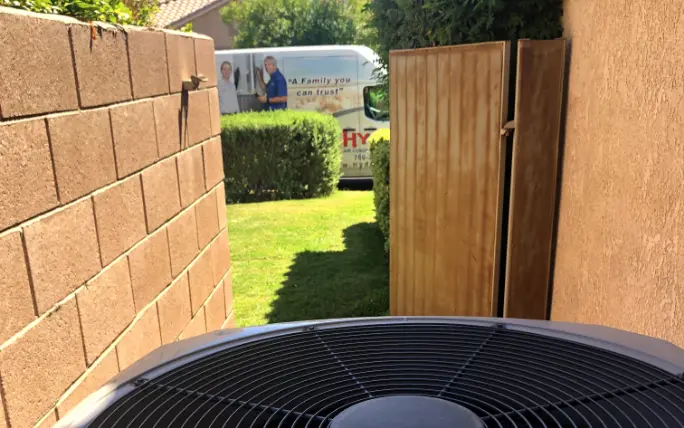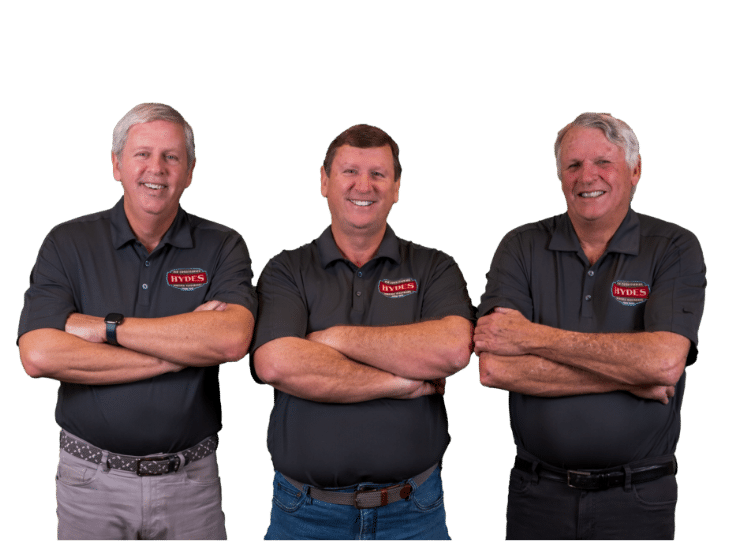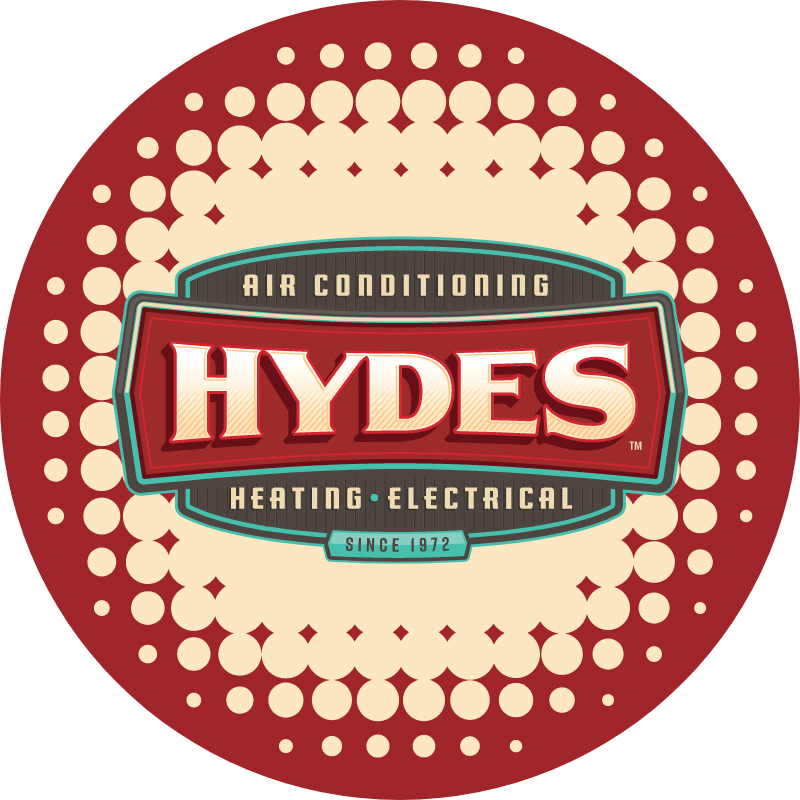
How Your AC Keeps You Cool When It’s Baking Hot Outside
If there’s one thing Coachella Valley homeowners know, it’s heat. In our desert climate, it’s not uncommon to step through your front door and feel like you’ve stepped into an oven, but thanks to the miracle of air conditioning, you don’t have to bake at home.
How Does Air Conditioning Cool Your Home?
The main component in air conditioning that turns hot air to cold air is the refrigerant. Refrigerants are unique substances that are able to easily go back and forth from liquid to gas, a quality they utilize to capture heat in the air, cool it down and release it as conditioned air.
Air conditioning refrigerants capture heat while in their liquid state; as the heat is absorbed it vaporizes the refrigerant, turning it to gas. As heat is released from the gaseous refrigerant, it returns to its liquid state and begins absorbing heat again. It’s actually really similar to the water cycle pictures we all remember from our grade school science books.
If Refrigerant Is What Makes Your AC Work, Why Does It Need So Many Parts?
You’ve almost certainly noticed that your air conditioner is actually two pieces of equipment, an indoor air handler that contains an evaporator and expansion unit and an outdoor AC unit that contains a compressor and condenser. The indoor air handler and outdoor AC unit are connected by refrigerant lines that run through the evaporator, compressor, condenser and expansion unit, creating the cooling cycle.
Here’s how the cooling cycle works:
- With the help of fans, the air in your home blows over the evaporator and its associated evaporator coils. Refrigerant running through the evaporator coils absorbs the heat in your home’s air, turning from liquid to gas.
- The vaporized refrigerant travels through the refrigerant lines to the compressor outside, where it is compressed to a higher pressure level, thereby intensifying the heat of its gaseous state.
- The high-pressure, high-heat gas moves further along the refrigerant lines to the condenser, where the high pressure essentially reaches its tipping point and the refrigerant releases the heat it’s been holding and returns to its liquid state.
- Now back in its low-pressure, low-temperature form, the refrigerant travels along the refrigerant lines to the expansion unit in the indoor air handler to complete the cooling cycle that delivers cool air into your home before starting over in the evaporator.
Is Your Air Conditioner Working Like It Should?
With spring right around the corner and cooling season about to start, there’s no time like the present to make sure your air conditioning system will work when you need it to. Call Hydes at (760) 360-2202 to schedule your preseason air conditioning check up and ensure your family’s comfort today!














